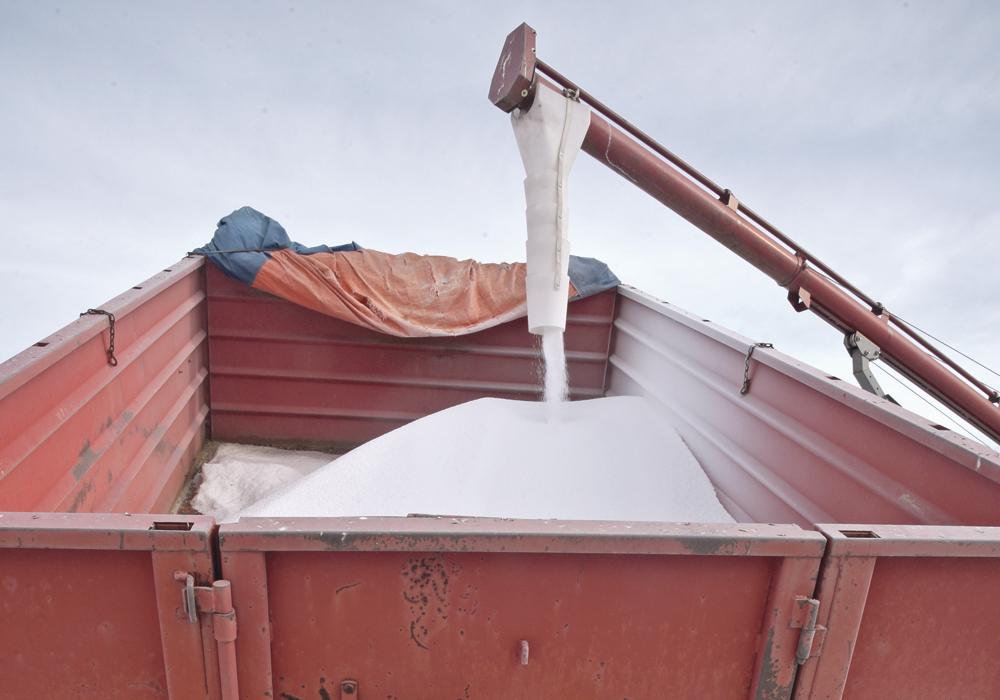An early U.S. winter forced many producers to postpone fertilizer applications, which is increasing demand this year
Phosphate and potash fertilizer prices are likely heading higher later this year or early next year, says an analyst.
Josh Linville, fertilizer analyst with INTL FCStone, is telling customers to prepare for a price hike due to what he anticipates will be “huge” looming demand for the products.
There are a number of factors behind that forecast dating back to the 2018 harvest when a big crop depleted soil nutrients.
A wet fall and the early onset of winter last autumn prevented many growers from applying fertilizer to replenish the nutrients.
Read Also

Critical growing season is ahead for soybeans
What the weather turns out to be in the United States is going to have a significant impact on Canadian producers’ prices
Many growers also held back on applying fertilizer this spring due to the reduced yield potential caused by a severely delayed planting season in the United States corn belt.
Analysts forecast that U.S. corn acres in 2020 will be in the range of 95 to 100 million acres, up from what many believe will be 85 million acres this year.
“The grain markets are obviously higher priced, which is the market’s way of telling farmers you need to pour the coals to this fire,” said Linville, who provides daily fertilizer commentary on his Twitter account.
He said the combination of depleted soil nutrients and a 10 to 15 million acre increase in corn planting next year is a “perfect storm” that is going to lead to a huge increase in fertilizer demand, especially phosphate.
“I can see a scenario where it goes up 10 or 20 percent,” said Linville.
Nitrogen fertilizer won’t rise as much because it is typically replenished every year, so there isn’t as big of a deficit in the soil. However, it too will rise if corn acres go as high as analysts forecast for 2020.
The price swing won’t be as dramatic if growers are able to split next year’s fertilizer requirements between the fall of 2019 and the spring of 2020. However, due to excessive delays in getting this year’s U.S. corn and soybean crops in the ground, there could be another shortfall.
“It’s pretty easy to paint a scenario where fall could be another bust,” said Linville.
“Now you’ve got a (spring) demand number so big the system can’t handle it in a short amount of time.”
His best advice for growers is to plan ahead with their fertilizer supplier to make sure they will be able to supply next year’s needs.
“It’s going to be more important this fall/spring than it has probably been in a long time to have that open conversation,” he said.
Linville can’t say whether growers should be locking in fertilizer supplies at today’s prices. It depends on their situation.
Rather than focusing on prices he encourages growers to concentrate on an important ratio.
They need to figure out how many bushels of corn or other crop it takes to buy a tonne of urea or other fertilizer ingredient and compare that to ratios from previous years.
Some of the worst ratios have occurred in years when corn was $7 per bushel and some of the best happened when corn was $3.75.
When the ratio compares favourably to past ratios, that is the time to lock in the price.


















